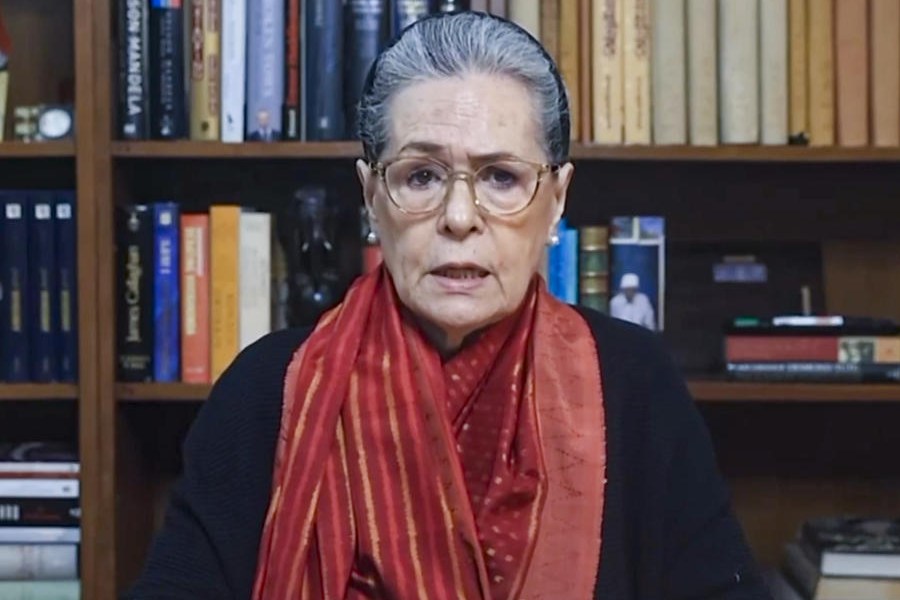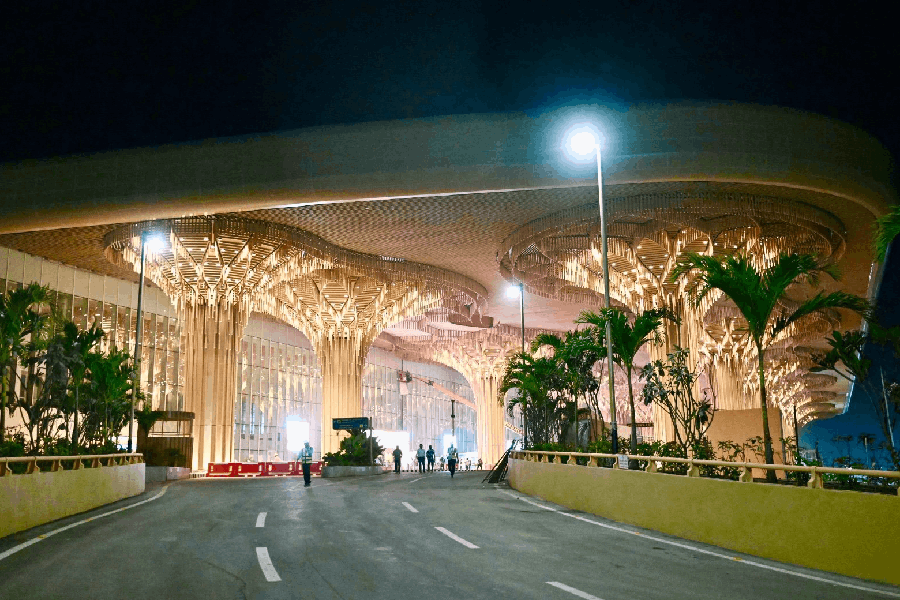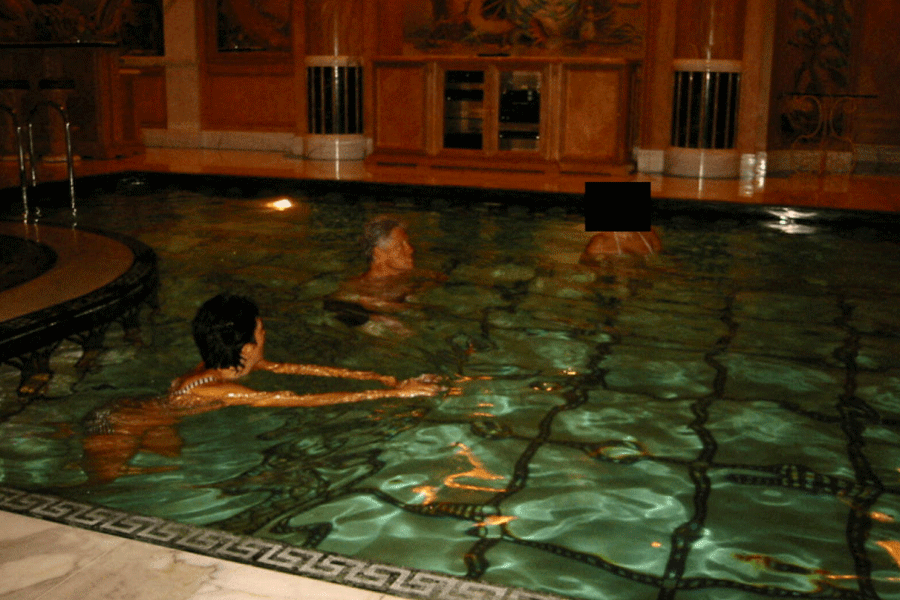 |
Blue Ridge mountain, Shenandoah river,
Life is old there, older than the trees,
Younger than the mountains, blowing like a breeze
Country roads, take me home…
The lyrics of John Denver’s song came unbidden to mind on stepping out of Washington DC’s Dulles airport en route to Virginia. But as we traversed the 189km route, Ray Horst, a Spanish teacher at Harrisonburg, who was at the wheel, sang us another: “Oh, Shenandoah, I long to see you,/ Away you rolling river,” in his rich baritone.
Coming from a land of rivers, and having sailed the mighty Mississippi, we found the Shenandoah initially tame in comparison, but revelled in its sylvan environs when it popped up as the mountains (Blue Ridge and Massanutten) came into view.
 |
| A pool in Luray Caverns |
 |
| Stalactites and stalagmites |
Down Route 28 and west on Interstate 66, Ray regaled us with anecdotes and stories that were a sure antidote to jetlag. Turning south on Interstate 81, we moved through increasingly lush countryside, apple country evident both in orchards and symbols like the town’s water tank painted to resemble a huge basket containing the fruit.
 |
| Monticello |
Our destination, Harrisonburg, was a two-hour ride. There is, however, an optional scenic highway between Washington and Harrisonburg, via Luray. Navigating those hilly stretches, we heard a bit of folklore about a Native American boy called Falling Rocks. “He disappeared and his distraught family arranged to have signs placed along highways all over the country that read ‘Watch for Falling Rocks’,” Ray chuckled.
 |
| Shenandoah river |
Though Harrisonburg has a wide range of accommodation for tourists, we stayed in a villa on Summit Avenue, surrounded by meadows and offering a spectacular view of the town below. The hotels and inns are conveniently located for first-time visitors, as are the wide range of eateries.
 |
The next day dawned in perfect communion with nature. Sipping our tea in the glass-fronted kitchenette, we gazed on horses grazing on the meadow outside, as squirrels scuttled around collecting acorns. That afternoon, hot air balloons came floating over the mountains, a vibrant splash of colour against the azure of the horizon.
The town is also conveniently accessed from places of interest, like the Luray Caverns and the hiking trails in Shenandoah National Park. The caverns are situated in the Shenandoah Valley just to the east of the Allegheny range of the Appalachian mountains and are a great draw for tourists. They reminded us of the stalactite-stalagmite caves back home, only better preserved and certainly presented in an exemplary manner. Their souvenir store is a delight for those who wish to shop for friends back home, though the other “amenities” could do with a facelift.
Shenandoah National Park has over 500 miles of trails, including 101 miles of the Appalachian trail. Some of these lead to a waterfall or viewpoint, while other trails penetrate deep into the forest and wilderness. The serenity of these woods can only be surpassed in the fall when the leaves assume the most spectacular hues in Virginia.
An exhilarating 80-minute drive from Harrisonburg takes one to Charlottesville, 103km away, through mountain passes and picturesque locales. The first university in the USA, the University of Virginia, is located in this quaint town with its cobbled streets. Thomas Jefferson's home, Monticello, overlooks Charlottesville from a hilltop. It is said that as president, Jefferson, known as the father of American education, liked to look down on the university from his self-designed neo-classical homestead, savouring the sight of students on the sprawling campus below.
 |
 |
 |
.jpg) |
| Vignettes from farms along Route 42 in the Shenandoah Valley. Pictures by Howard Zehr |
Charlottesville also boasts of the Jefferson and Paramount Theatres and the Kluge-Ruhe Art Center, which certainly merit a visit. Monticello, of course, takes up the better part of an afternoon, if one were to wander through Jefferson's home and museums on the hourly conducted tours.
The best part of visiting this area of Virginia is that every season has a distinct offering. There’s scope for skiing in winter and hiking and canoeing amid the russet-and-gold hues during fall. The summer is abuzz with activity, culturally resplendent at times. The Shenandoah Valley also hosts a number of festivals, like the Red Wings Roots Music Festival that ended in mid-July this year.
But for the city-dweller in me, the charm lay in soaking up the Valley's sylvan quietude; the hay rides on pig farms and visits to the farmer's market; revelling in the Mennonite way of life. Like the Amish, a small local sect called the Old Order Mennonites, distinct from most Mennonites, who live here reject cars and electricity, preferring horse-drawn buggies and growing their own produce. They weave fabulous tapestry too. The delicious meal served by one such Mennonite, Marjorie Rohrer Shank, remains indelibly imprinted on our minds!
And then there’s a sense of infinite peace that comes with the rustle of leaves underfoot, or looking up at scintillating constellations above, that effectively brushes away accumulated urban cob- webs and ushers in memories to last a lifetime.











